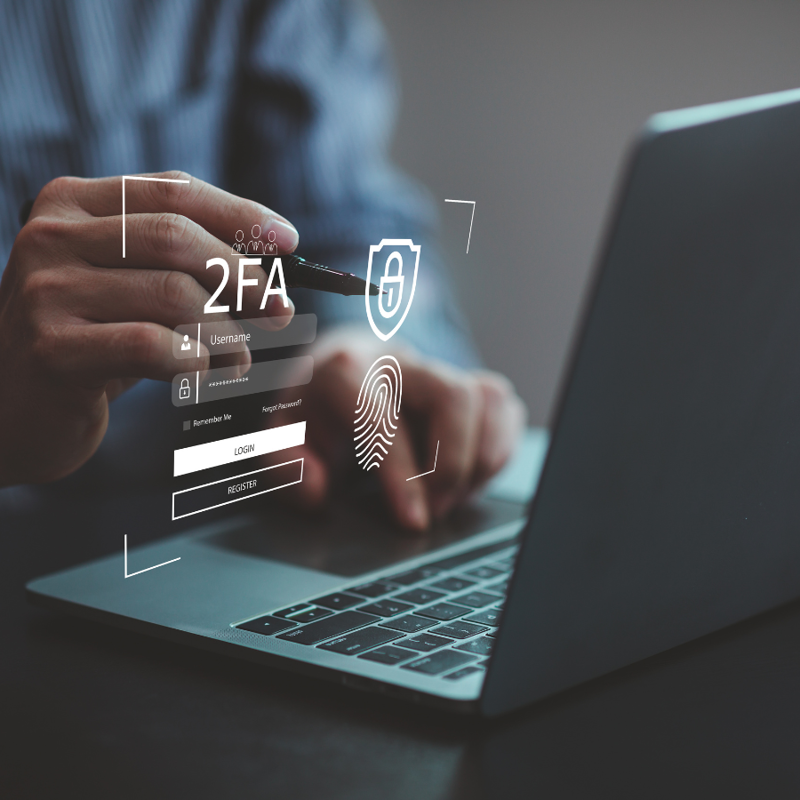How to Keep Your Back Healthy While Driving a Truck
Most truck drivers experience back pain at some point in their careers. However, it is not uncommon for truck drivers to just live with back pain and accept it as part of the job. Unfortunately, back pain is one of the most common reasons people go to the doctor or miss work. In fact, according to the Mayo Clinic, 23.9% of doctor's office visits in the U.S. are for back pain (Mayo Clinic Proceedings, April 1, 2017). Truck drivers suffer from lower back pain at four times the national average (simplebackpain.com).
Not surprisingly, driving for long periods of time on the open road can be a real challenge. With the hours of slumped, sitting in one position and the vibration of the vehicle, the very nature of truck driving increases the chances of experiences chronic back pain.
Ansay & Associates believes, you as a truck driver, can find relief by taking a few steps to prevent back pain. So let's get started:
Make a Plan
As well as planning to move cargo spanning several states, planning routes using maps and satellites, recording the amount and types of cargo being delivered, reporting to a dispatcher, monitoring road conditions, and keeping a travel log, plan how to protect your back:
Relax
- Take time to make sure you're relaxed from the moment you set off on your trip. The smallest aggravation in the beginning of your trip can turn into intense pain later.
Strategically Schedule Drive Time
- When planning your route also plan for locations to stop and exercise. Make a plan for you to walk around at times. Use a fitbit or notebook to record your activity level.
- Strategically schedule your drive times to avoid high traffic volumes that keep you from moving your back.
Provide Support to Your Back
Lower Back Support
- When driving utilize the adjustable Lumbar Support positions of the truck, or portable mesh Lumbar Supports.
With Your Feet
- Supporting your spine starts with bottom-up leverage from your feet. Your feet need to be placed on a firm surface and at the right height to avoid transferring stress to your lower back.
- It is ideal to have your knees at a right angle. This means, if your seat is too high it is best lower the seat.
With Cold Packs
- Most back pain is accompanied by inflammation. Applying a cold pack can reduce the inflammation and numb sore tissues.
- Bring a cooler in the truck with you and keep reusable ice packs in it, or make your own ice pack and bring it along.
- Buy instant ice packs at a pharmacy or general merchandise store. Keep them in the glove compartment in case you ever need them.
Watch Your Posture
- Don't have your wallet, cell phone or anything else in your back pocket, as that may throw your spine out of alignment.
- Sit up straight with your knees slightly higher than your hips, and keep your chin pulled in so that your head sits straight on top of your spine.
- Make sure that your back is aligned against the back of your seat. There are many specialized cushions and pillows that can help with lower back pain.
Move Around During Transport
- Your spine is designed to move. Sitting in one position in a truck will stiffen up your back muscles and can lead to achiness and possibly muscle spasm. If possible, schedule stops and get out of the truck so you can move around and stretch.
- In between exercise stops, try to move a little in your seat. Even 10 seconds of movement and stretching is better than sitting still. At a minimum adjust your seat and change your position slightly every 15 to 20 minutes.
- Pump your ankles to keep the blood flowing and provide a slight stretch in your hamstring muscles. Any movement that is safe to do in the truck will help you out.
Doctor's Advice
- If back pain cannot be relieved it is advisable to check with a doctor.
It goes without saying that most truck drivers live with their back pain and accept it as a normal part of the job, but it doesn’t have to be that way. If you are willing to take a few extra steps before and during your drive, you can get the relief you need. Take the time to learn more about back pain and what you can do to prevent it.
Almost there!
We need a little more information from you. Once this form is submitted you will be able to utilize the resource requested.
By requesting this resource, you are agreeing to receive email communications from Ansay. You can unsubscribe at anytime via your preference center.
Not allowed
You are attempting to download a resource that isn’t available to you.



